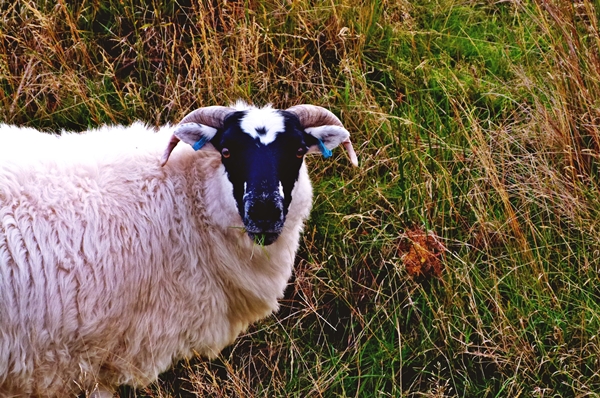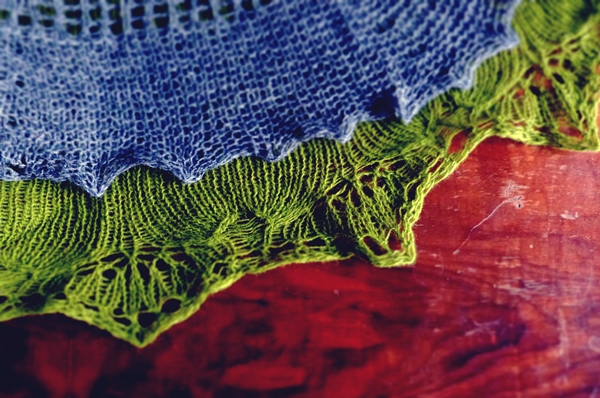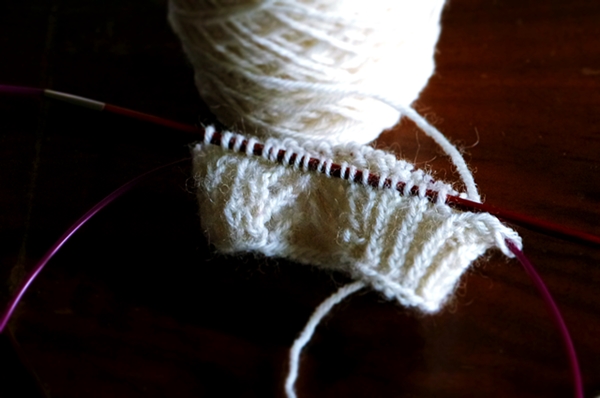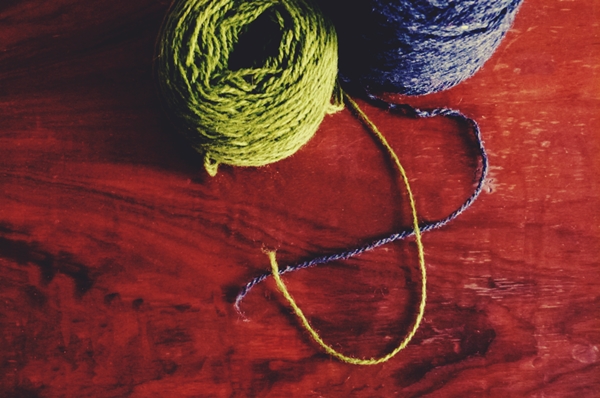This WOVEMBER we have looked at how different breed wools should be celebrated for their individual characteristics and how these can really compliment the pattern of your choice. We are very pleased to have designer Karie Westermann discuss her personal relationship between yarn and the design aesthetic.
As a knitter I am drawn to rustic yarns. I love how they all have an abundance of character and how they all behave differently in various contexts. One yarn may excel at colourwork, another might thrive when rigorously blocked, and a third is at its best when worked as bouncy garter stitch.
As a knitter this willfulness is a joy. I am knitting with something that feels alive in my hands; I am reminded that the strand of yarn running through my fingers was once part of a living creature. I may be sheltered from the wind and rain outside, but my knitting is not far removed from an animal grazing on hills. I am part of tradition and I am rooted in a landscape.

The 19th century writer and designer William Morris wrote about “truth to materials”. By that he meant people should strive to use the most appropriate materials and that a project to celebrate the nature of the material used.
Sheepy yarns are a gift to my work as a knitting designer. The honesty of the materials shines through and I must select the right yarns for the right projects. I have nowhere to hide if I have selected the wrong yarn for a design – there are no fancy textures obscuring a bad idea nor any powerful colours to distract from a dubious shape. I celebrate this just as much as I celebrate the physical reaction I get from working with these yarns. My yarn choices force me to challenge myself as a designer. This is a very good thing.

Some years ago I was examining at a prehistoric bone antler fragment carved with beautiful, simple designs. It had been found in the lost region of Doggerland – a Mesolithic landscape now covered by the North Sea between the UK and Scandinavia. I loved the simplicity of the carved antler and I loved the story of a lost landscape stretching across from where I grew up (Denmark) and now live (Britain). How to capture that in knitting?
Early on it became clear that my yarn choices would be important. I decided to use yarns that were specific to the region and which were minimally processed. I knew I needed to root my work in the landscape – both for my own creative purposes but also to be able to tell the right stories. I sourced yarns from the Faroe Islands – windswept islands clinging to life amid an ocean. Defiant, beautiful yarns that forced me to simplify my design vocabulary and think hard about every design feature.

I am working on a new project now which is taking me in another (less windswept) direction. But I still need to feel the yarn run through my fingers and I still need to feel the connection to the land and the animals.
Thank you so very much to Karie for sharing her personal story of the design and yarn relationship. It is so incredibly interesting to glimpse at this journey and to understand why the yarn has been chosen for a particular project and where the design inspiration comes from.
Later this week sock designer Clare Devine will be exploring wool yarns for socks and discovering a cornucopia of British sock yarn with Sue Blacker.
: : Links : :
Website: Fourth Edition
Ravelry: Ravelry Store
Twitter: @kariebookish
All content © Karina Westermann and used with kind permission.
